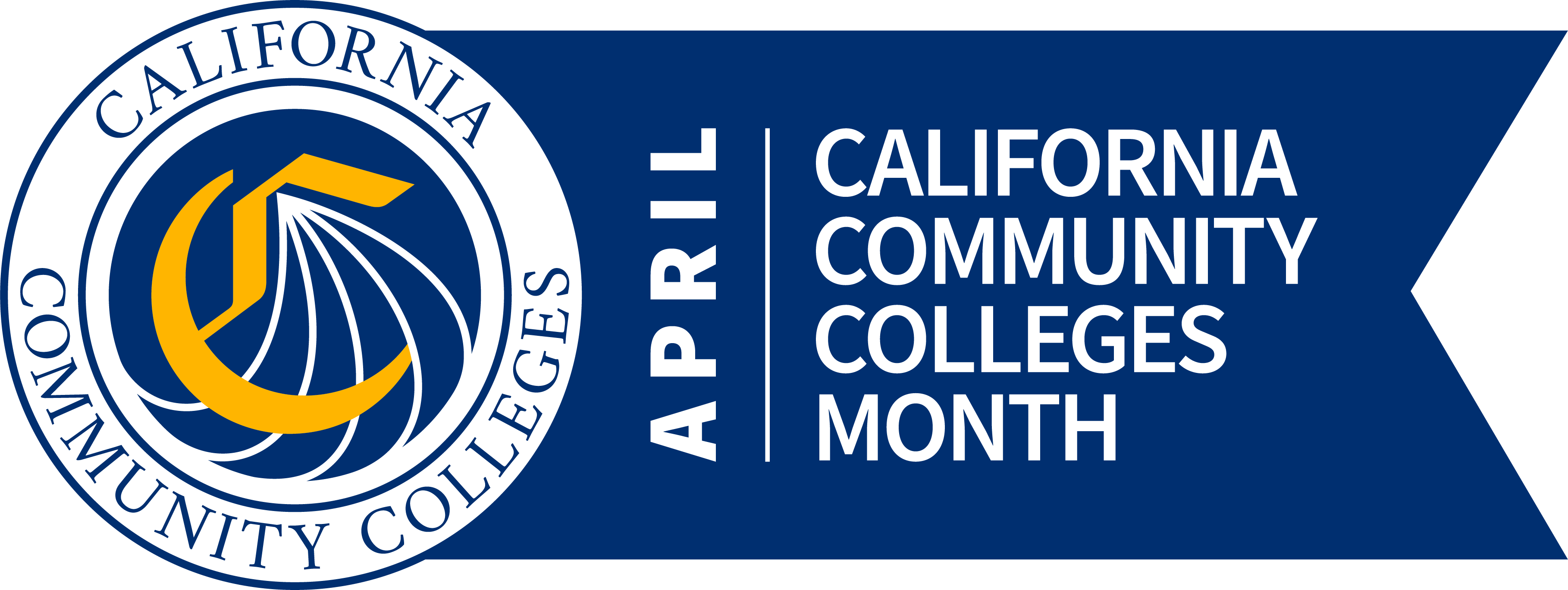September 21, 2021
Contact: Melissa Villarin
Office: 916-327-5365
Office E-mail: MVillarin@CCCCO.edu
SACRAMENTO, Calif. — The California Community Colleges Board of Governors voted unanimously Monday to support pending federal legislation to expand access and affordability for low-income college students, a cornerstone of the President Biden’s Build Back Better plan.
Known as America’s College Promise, this provision would usher in the most significant expansion of access to higher education in the United States in decades. The proposal includes a federal-state matching agreement making up to two years of community college tuition-free, recognizing the extraordinary value of two-year colleges in the United States.
“For too long, community college students have been unable to access the financial aid they need to thrive in our system,” said Board of Governors President Pamela Haynes. “America’s College Promise recognizes the need to rectify this longstanding disparity and invest federal dollars in community college students and their success.”
California stands to benefit significantly from the legislation, bringing in up to $2 billion in additional student aid to the state. Provisions in the latest version considered by the House Education and Labor Committee would ensure that states like California, which already invest in keeping tuition low and providing generous state-funded financial aid, are rewarded.
After eliminating all tuition for a student’s first two years of attendance, states like California would be able direct funds to additional forms of need-based financial aid to address the total cost of success. Research indicates that mandatory costs such as food, housing, and transportation, not tuition, are the highest cost California students face to attending and succeeding in higher education. An analysis from the Institute for College Access and Success (TICAS) shows that the net out-of-pocket cost to attend a California community college – total cost of attendance minus average grant aid – is generally higher than it is for a student to attend the University of California or California State University.
California may be eligible to receive up to $2 billion in federal funds over and above the cost of eliminating tuition throughout the system. These funds could be redirected to support students’ total cost to attend and reduce the need to either work excessive hours – which experts agree limits students’ ability to focus on their studies – or take out high amounts of loan debt.
Additional provisions of America’s College Promise would advance equity and student success include a $500 increase to the maximum federal Pell Grant award. The legislation would also expand eligibility for federal financial aid to undocumented students with Deferred Action for Childhood Arrivals status, a critical equity measure that the California Community Colleges have urged Congress to adopt for years.
“California’s 116 community colleges represent so much to our two million students – hope for a better future, a ticket out of poverty, and a critical tool for remedying long-standing racial and social inequities that still persist,” said Acting Chancellor Daisy Gonzales, PhD. “As much as we talk about the ‘total cost of attendance,’ we prefer to think of it as the ‘total cost of success.’ That is what the Build Back Better agenda represents an opportunity for us to finally address.”
The California Community Colleges is the largest system of higher education in the nation, composed of 73 districts and 116 colleges serving 2.1 million students per year. California community colleges provide career education and workforce training; guaranteed transfer to four-year universities; degree and certificate pathways; and basic skills education in English and math. As the state’s engine for social and economic mobility, the California Community Colleges supports the Vision for Success, a strategic plan designed to improve student success outcomes, increase transfer rates and eliminate achievement gaps. For more information, please visit the California Community Colleges website or follow us on Facebook and Twitter.
###

